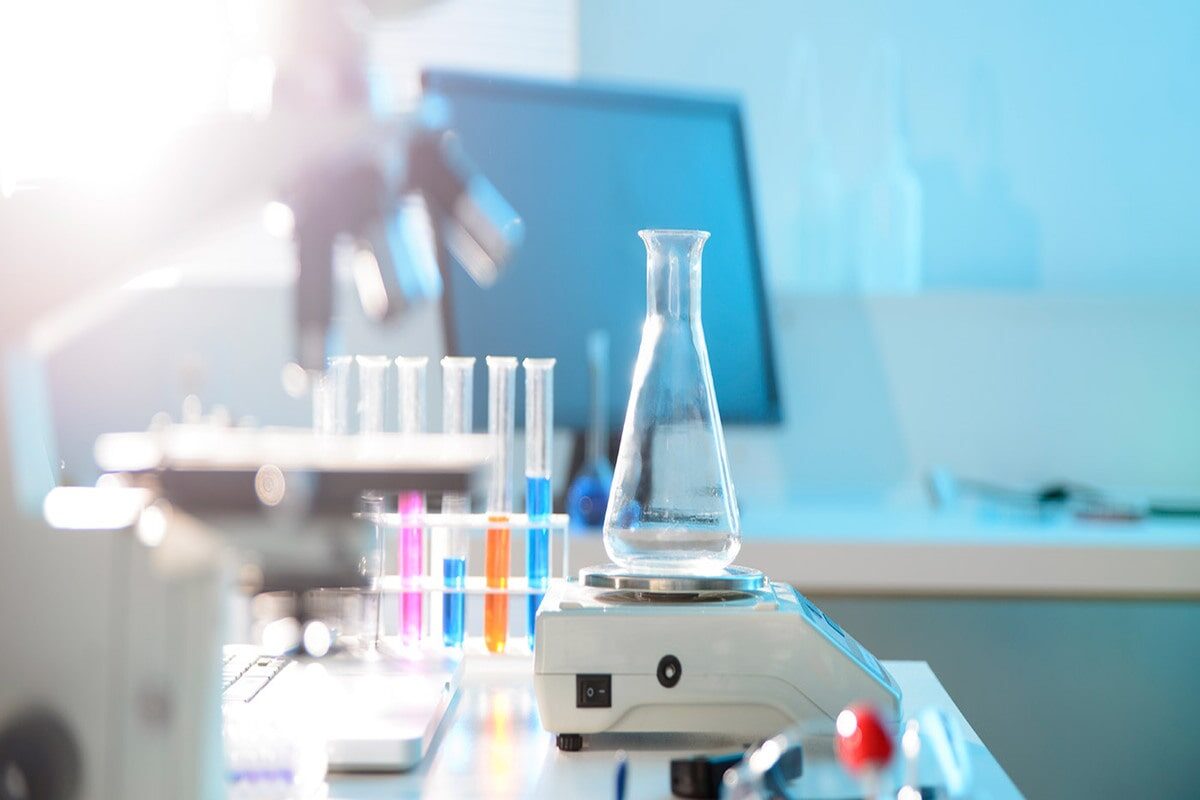The number of animals used in toxicology studies is continuously increasing. Every year millions of experimental animals are sacrificed in the name of scientific research. Scientists across the world discuss about the pain, distress and death experienced by the animals during scientific experiments.
To save the decreasing number of animals on this earth, many alternatives to animal testing are proposed. However, much needs to be done in this aspect and save animals from the clutches of scientific experiments.
In this section, we discuss the 5 challenges which the animal models are bound to face in the upcoming years.
1) The killing of animals in military and medical training
There have been constant efforts to stop the Defence Services from using goats and pigs in training their medical personnel, but the brutal killing of these animals is still prevalent. The animals are shot with firearms, stabbed and crippled during such training. And all this is happening when alternatives to animal testing exist.
2) FDA Regulations still mandate animal testing
U.S. law now bans the use of animals in the chemical industry. It mandates the use and development of alternatives to animal testing. But, the Food and Drug Administration (FDA) lags on this. Current FDA regulations are age-old and haven’t been changed to support modern science. Many regulations still mandate animal testing before the clinical trials in humans. Though FDA and other federal agencies now acknowledge that animal tests fail to predict human outcomes in 95 percent cases, they haven’t updated their regulations yet.
3) Animal Research Organisations decrease protection for animals in labs
Organisations representing animal experimenters and their institutions aim to cut down protection for animals in laboratories. They seem to create an oversight system that will allow the laboratories to self-regulate. When federal laws and government enforcement are already weak, such a step from the organisations will further aggravate the problem of increased animal testing.
4) Limited funds for Human-based research
The government proposes to cut down the funds for EPA (Environmental Protection Agency). Lack of funds will inhibit EPA to develop modern safety assessment methods; methods which do not use animals. This will put human-based research at stake and encourage the use of animals.
5) Difficulty in procuring High-Quality Human Cells and Tissues For Research
Though people understand the reasons for human-based research or why to use human cells and tissues, few know how these tissues are obtained for research. The by-products of surgery are one source of human cells and tissues. Second, you can donate your tissue after death for research which otherwise would be discarded. However, many people are not aware of the second option. Thus, there’s a need to educate the public and begin a discussion on the best practices for tissue procurement.
Therefore, to save the future of human-based research and decrease animal testing in toxicology studies, the stakeholders of the drug development process must come together and look into these challenges seriously.

